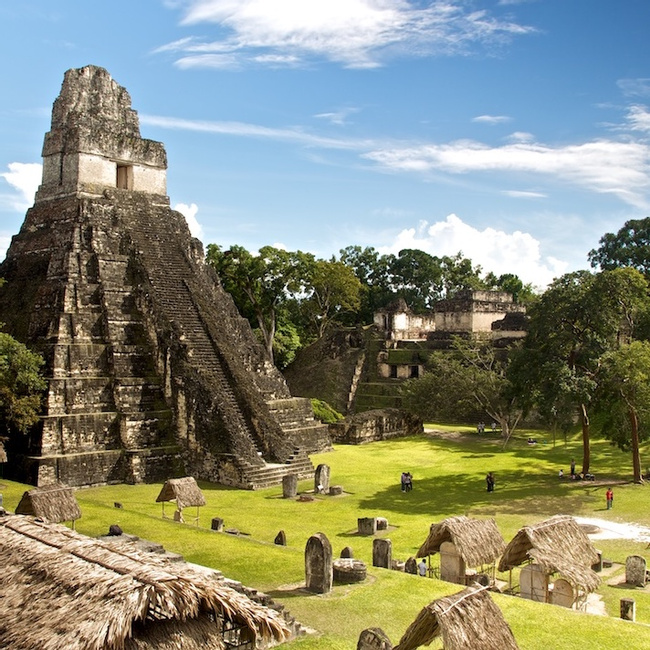What Is The Weather Like in Guatemala?
Guatemala has a tropical climate, with weather that is largely determined by altitude. Put simply, the higher up you go the cooler it gets. Lowland jungles and areas along the coast are usually hot and tropical, while mountainous destinations can be downright chilly. Travelers will find nice springlike temperatures in cities like Antigua, Quetzaltenango, and Guatemala City.

Guatemala has a rainy and dry season. The dry season (verano) lasts from around November until May, while the rainy season (invierno) lasts from May through November. The rainy season typically sees daily showers in the afternoon; the mornings are often sunny, which allows you to get out and do things even during this season. The Western Highlands and Pacific Slope tend to be the wettest parts of the country.
In July and/or August, there is usually a break in the rain for a week or two. Known as canícula, this period aligns with summer vacation in the U.S.
Related Questions
- What Is The Landscape of Guatemala Like?
- Where Is Guatemala?
- Is It Easy to Get a Sunburn in Guatemala?
- What Time Is It In Guatemala?
- How Big Is Guatemala?
- Are There Hurricanes or Earthquakes in Guatemala?
We believe travel is more than ticking destinations off a list – it’s about discovering new places deeply, feeling connected wherever you go, and knowing you have a trusted team behind you every step of the way.



